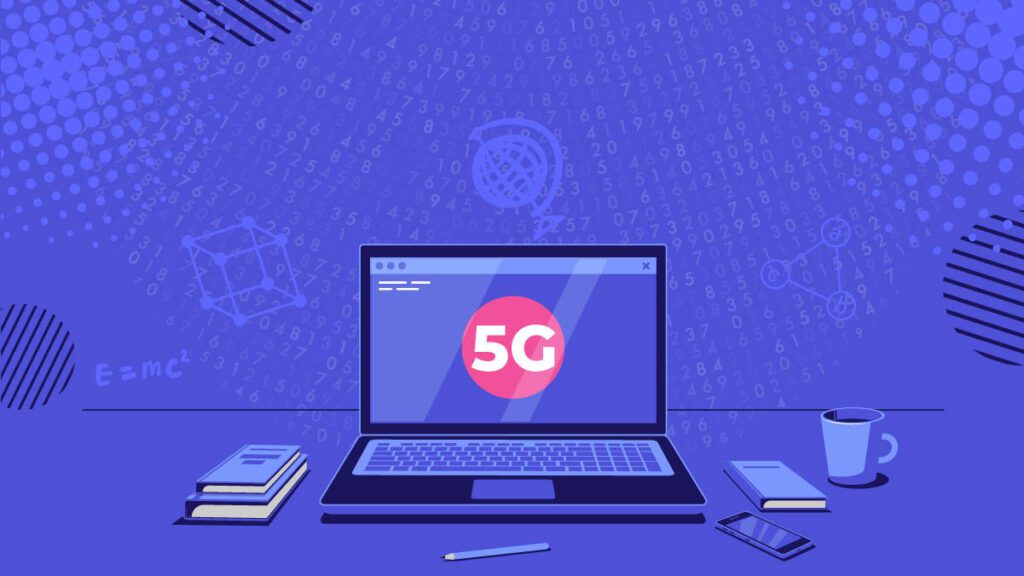
The recent coronavirus pandemic has been a big challenge for different sectors worldwide. The health industry has been put to the limelight due the large number of casualties and the inability of healthcare systems to ramp up their resources to face the rapidly escalating situation. In the background, the pandemic tested the readiness of various sectors in facing a sudden event. The evident answer was that no one was even close to being prepared for the unforeseen disastrous results of the sanitary events. Instead, the period has been governed by experimenting, learning, upgrading, and innovating, a cycle that has been ongoing, even when the repercussions of the pandemic subsided.
The pandemic was in particular severely testing for the educational sector. Millions of students suddenly found themselves away from the classroom, with no proper plan on how to proceed with their curricula. The first and obvious resort was technology and over the top (OTT) applications such as Zoom, Microsoft Teams, WebEx, and Google Meet. Online learning platforms alleviated the burden on the educational system but at the same time highlighted the inadequacy of the existing telecom infrastructure to support a large surge in the number of users while satisfying minimum quality of service requirements. While operators worked heavily on upgrading their infrastructure, even in the middle of the pandemic, 5G use cases have emerged as lifesavers for the education sector. Not only this, but the pandemic also coincided with a worldly drive to deploy the latest technology on top of the existing 4G network.
Why 5G Can Be the Difference-Maker in Education?
Three main keywords favor the ranking of 5G as a difference-maker in the education sector: bandwidth, latency, and security. The new wireless standard has been conceived for flexibility in terms of the deployment strategy (non-standalone vs. standalone), bands of operations, and customization in terms of the implemented virtualized functions. On top of that, security policies have been notably enforced with the latest generation in mobile communications. As the role of telecommunications is primordial in education, 5G can be the solution to iron out some of the hiccups in educational content delivery. As a simple example, low 5G bands can be used to ensure proper coverage and guarantee education for most students, higher bands can be used in some places to enrich the digital experience bringing education as close as possible to the physical one.
What Are Applications Of 5G Technology in Education?
While 5G could secure the proper infrastructure for an adequate education experience, the applications of 5G in education go beyond communication service provision. The combination of advanced transmission capabilities, improved security and increasing edge computing availability unlocks different possibilities to enrich the learning experience.
Probably the most thought of feature is the inclusion of artificial intelligence (AI) and extended reality in the learning process. AI in education brings schools to the digital age enabling smart content, tailored learning experiences, and improved class management. The use of speech recognition can further enrich the learning process.
The incorporation of extended reality, including virtual and augmented reality is key to address of the main limitations of distant learning, practical work. While most of the learning outcomes can be met through appropriate content delivery, practical work such a laboratory experiments and in-class projects is hard to deliver as the needed equipment and resources are only available in the school premises. Augmented reality can help the student manipulate equipment and interact with elements of the class in a way they could not achieve with traditional online learning platforms.
Extended reality also provides the student with an immersive learning experience. Instead of suffering from the psychological effects of sitting alone for long hours behind a computer screen, the student can be submerged in a real classroom experience where he can interact with his classmates, school/university instructor, and other elements in the classroom.
Challenges And Warnings for The Use Of 5G In Education
The typical cybersecurity threats that jeopardize any online service apply as well to 5G-based educational systems. During the latest pandemic, a large number of attacks, notably ransomware have been reported on different institutions around the world. These attacks are certainly not inherent to 5G systems but are important factors that should be catered for. The emergent usage of 5G private networking could be one solution where institutions can deploy their networks with customized reliability and security policies.
The proliferation of 5G-based education can also have an adverse effect in deepening the inequalities between countries. The quality of the education would then depend on the availability or not of 5G services in a given country.
Finally, educational methods relying on 5G shouldn’t be considered as the norm. What applies to a country and to an educational institution therein does not necessarily apply in another context?
Summary
The pandemic taught use the hard way that disruptions in any sector can be very costly, and even harder to fix. The educational sector suffered considerably from the effects of the pandemic, notably in terms of the availability and quality of education. At the same time, 5G networks were slowly expanding throughput the world. What has been damaged by the pandemic can partly be fixed using 5G systems. The technologies accompanying 5G systems provide several use cases for education, notably through the use of extended reality to provide an immersive educational experience. As with any technology, new learning paradigms shouldn’t be considered as a standard, thus emphasizing inequalities among countries.
“Inside Telecom provides you with an extensive list of content covering all aspects of the tech industry. Keep an eye on our Telecoms, 5G, and Technology news space to stay informed and up-to-date with our daily articles.”